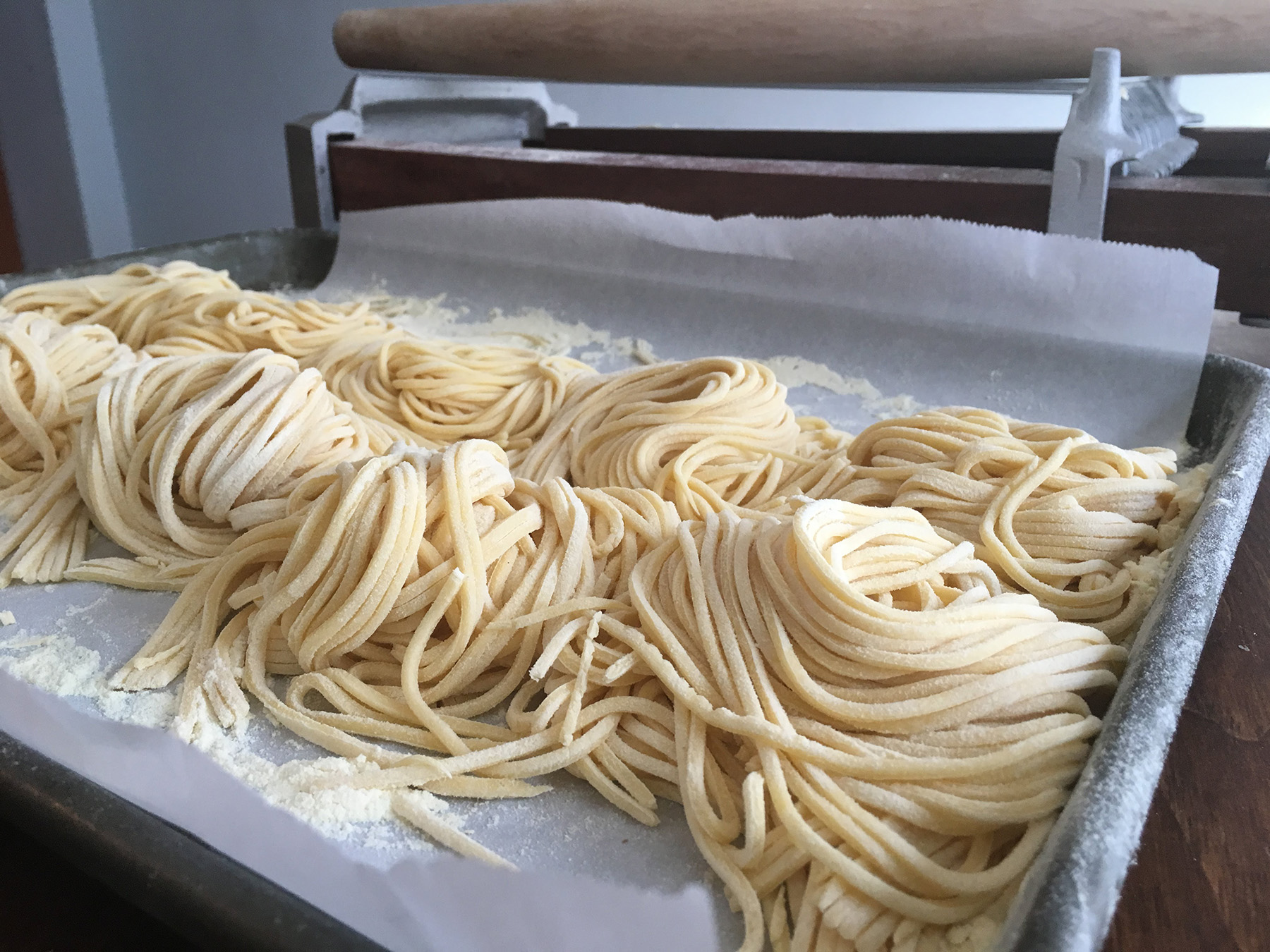Hey there, I’m Marcello, and this is my site. I do not fit the mold of the typical food blogger.
I love that people have been able to take a side project or hobby and turn it into a full-fledged business. I truly do love it. These sites offer unique perspectives and fresh ways of doing things. But my road to this point has been very different.
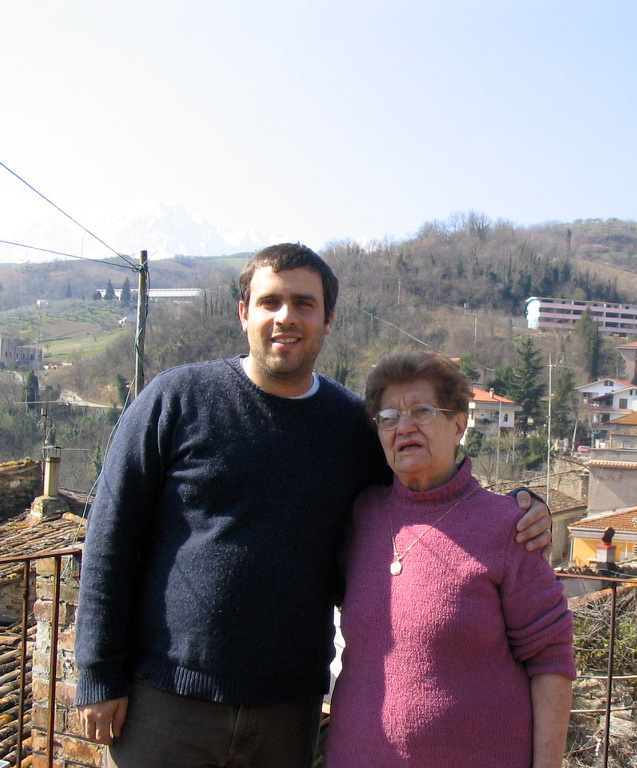
I fell in love with cooking at a very young age. By the time I was a teenager, I already had a few years of restaurant experience under my belt. Over the summers, I worked as a cook and pastaio for an upscale Italian restaurant. During the school years, I worked in every position from baker to bartender (when I was a little older, of course).
I was lucky in that I grew up around amazing food. My mom was born in a small town called Bisenti in the Abruzzo region of Italy. She came to America with her parents and brother — my Nonni and Zio — when she was a teenager. My Nonno passed away shortly before I was born, so my Nonna joined our household. I had two amazing cooks and, for all intents and purposes, two moms in the house.
Cucina povera
They typically cooked the cucina povera that they grew up eating in Abruzzo. The cuisine was rustic and authentic. Everything was made by hand and it was always fresh. That was the first and most important lesson I learned about food: Cooking is not about expensive ingredients, crazy techniques or plating. Cooking is about fresh ingredients and treating them with respect. That is at the heart of what I make.
When I grew up, it was hard to find DOP (Denominazione di Origine Protetta) products in the States. My Nonna used to go back to Italy every other summer and when she returned she smuggled balsamic vinegar and Parmigiano Reggiano back home in her suitcase. Sometimes, there was an entire leg of Prosciutto di Parma. Although those items are commonplace — and often forged these days — I was lucky to be exposed to Italy’s finer items too.
Behind the line
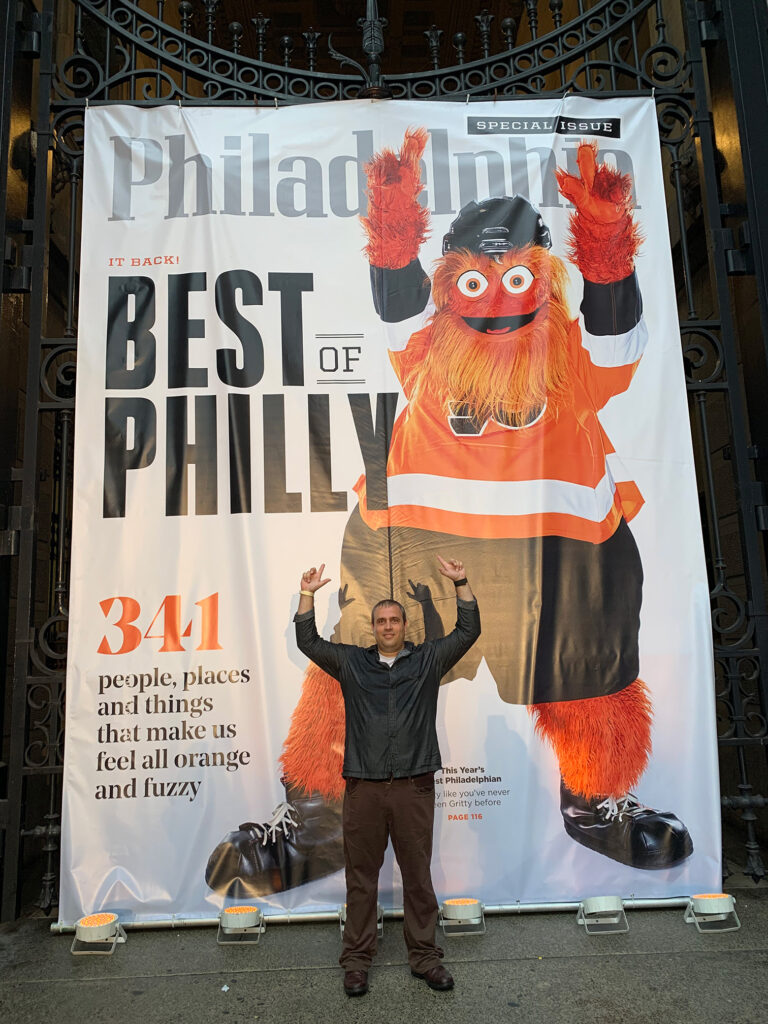
I have over 20 years of restaurant experience, and most of it has been in the kitchen. Without going into too much detail, I worked at upscale and fine dining Italian restaurants. I’ve worked in numerous spots on the line, but the thing I loved the most was making and cooking pasta. It just felt right. It felt like home.
They say that you have to be crazy to work in a kitchen, and I am crazy. I loved the chaos. The fast pace, the heat, juggling a number of orders being screamed down the line always made me happy. It gave me purpose and made me feel whole. It was the perfect mix of elements that allowed me to thrive under my (diagnosed) ADHD and OCD conditions.
Fun with extruding
What I really loved was making fresh pasta. I loved working with my hands and taking basic, raw ingredients and shaping them into something truly beautiful and delicious.
At my first cooking job, I was in charge of making the pasta. I would head over to the owner’s second restaurant at 7:00 every morning and make all of the pasta for that night’s service. Then, I would pack it up, head over to the restaurant, and begin the prep work.
A lot of the pasta I made at that point was extruded because it would make it easy to produce larger quantities of pasta in a shorter period of time. I juggled three extruders, keeping each at a different point to allow me to focus on one at a time. In my head, it was the best game of whack-a-mole.
This was fun, but I loved making pasta by hand the most.
A mano
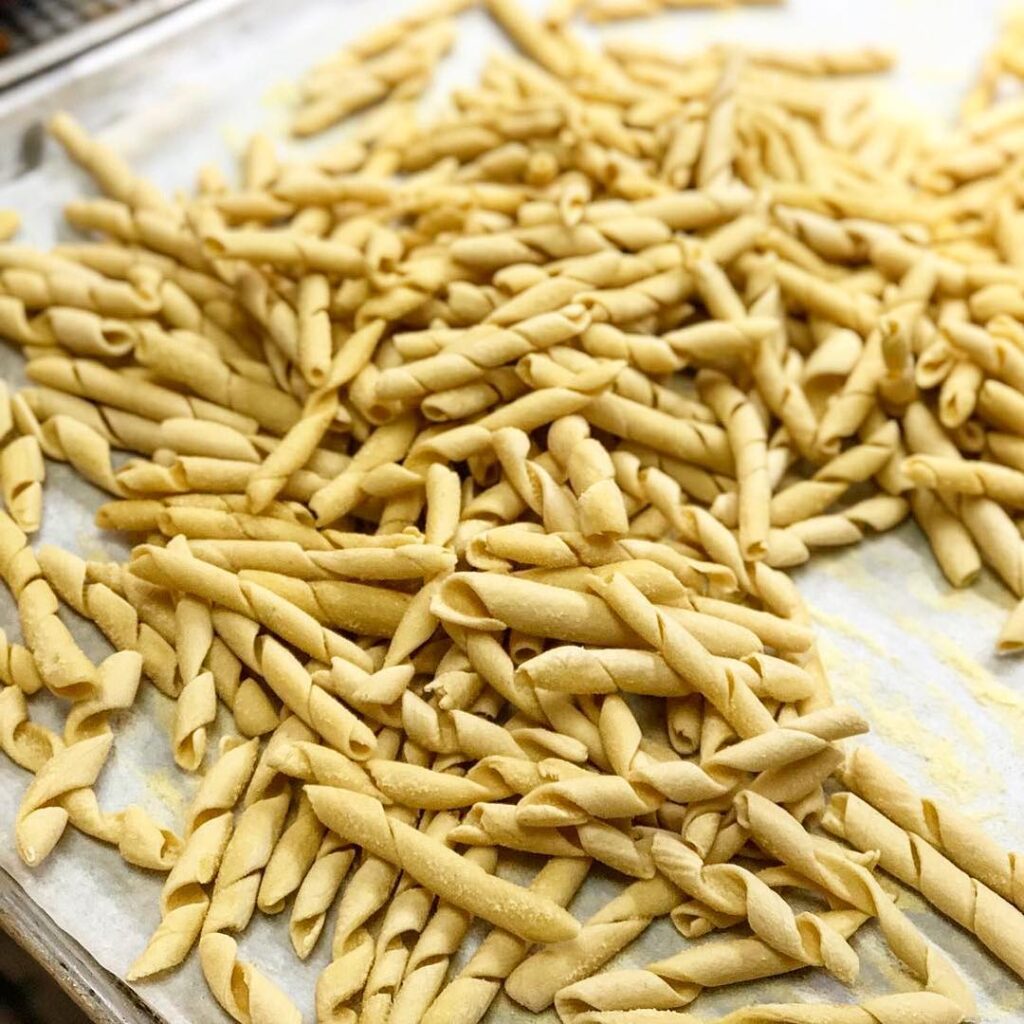
There is something zen and peaceful about making pasta by hand. Your mind quiets and all of the stress in your life disappears. Kneading dough is like giving a massage. Shaping the pasta is fun and rewarding.
The etymology of some pasta names traces back to regional items. For example, conchiglie means sea shell. Some serve a specific purpose. The classic Abruzzese cut, spaghetti alla chitarra, is a rustic variation of spaghetti with rough edges to better hold on to sauce. I love this, because function is added to form. It makes the dish better. Diners are typically unaware of this, and it becomes your own secret trick used to make a dish better.
There are more tricks that happen before the pasta’s function comes into play. The pasta aspect of cucina povera means that pasta shapes can be made from whatever items people have available to them. Fusilli al ferretto is fusilli made with a small piece of iron or whatever wire-esque tool was available. If you wanted to, you could use a metal clothes hanger to make the pasta. Just sterilize it first.
Like other tube-shaped pasta, it clings to sauce, but its openness gives it a different bite than rigatoni or penne.
I find the history behind pasta is fascinating. Regional cuisine is also very interesting.
Food & beverage businesses
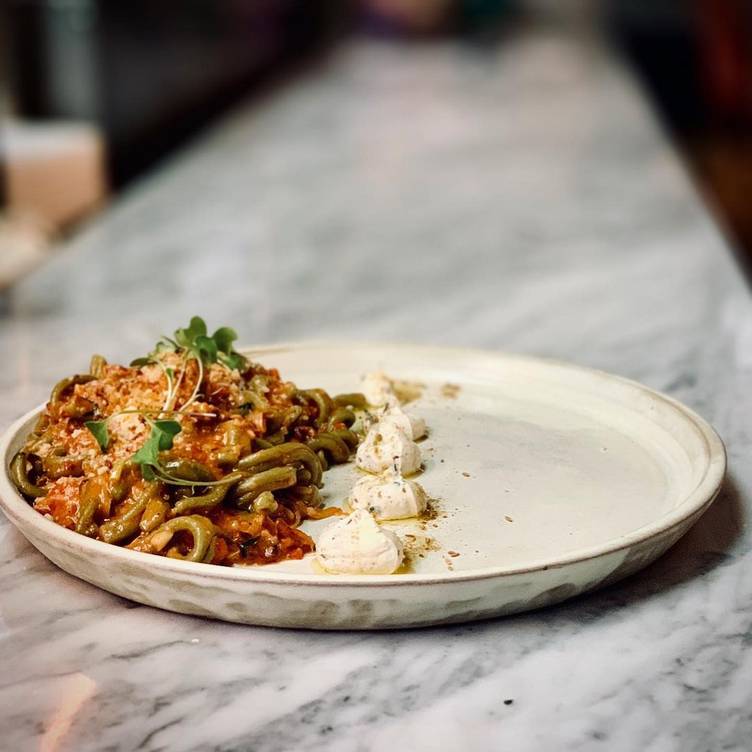
In 2017, I opened an Italian specialty market that sold small-batch imported products. We made pasta, meals, cheeses, and more, sourcing as many local ingredients as possible.
In addition to traditional pasta, we sourced grains like emmer, spelt, and rye locally and milled them ourselves to create healthier, alternative pasta options.
It was named Valente’s in honor of the matriarchs in my family. I used a lot of the recipes from the food we made when I was growing up.
I opened it in a small space to mimic the corner stores from both my hometown and the small-town shops in Italy. We did pretty well for ourselves, receiving multiple “Best Of” awards and other recognition.
When the pandemic hit, I put more of a focus on meals and decreased our stock of imported items. I created a couple of ghost concepts, Basta and Cilento Sandwich Co. to appeal to a large audience stuck inside their homes. Basta made Italian-American meals, like chicken parmigiana. As the name implies, Cilento made sandwiches. Some our items included homemade roast beef, porchetta, and cheesesteaks.
Ultimately, I transformed the business into an upscale modern Italian restaurant. The dishes were inspired by Abruzzese food, but gave them a modern twist. The restaurant was booking three months out and had five-star reviews across the board. On sites like OpenTable, it was listed as the best restaurant in the area. This small place was rivaling Michelin-caliber establishments and nationally acclaimed chefs.
My final business was a gourmet burger place with fancy milkshakes. I loved coming up with the milkshake ideas, and taste-testing during the R&D phase certainly had its benefits!
If you would like to learn more about my businesses, you can do so by clicking here.
Beyond the F&B industry
I never stop working. In addition to running the restaurants, I had a full-time job as a developer building applications and websites. I have a Dual BA in English (writing) and Fine Arts (digital design). I also worked as a writer and editor for years. Food and writing are my passions, and To the Tooth is the best way to combine those loves.
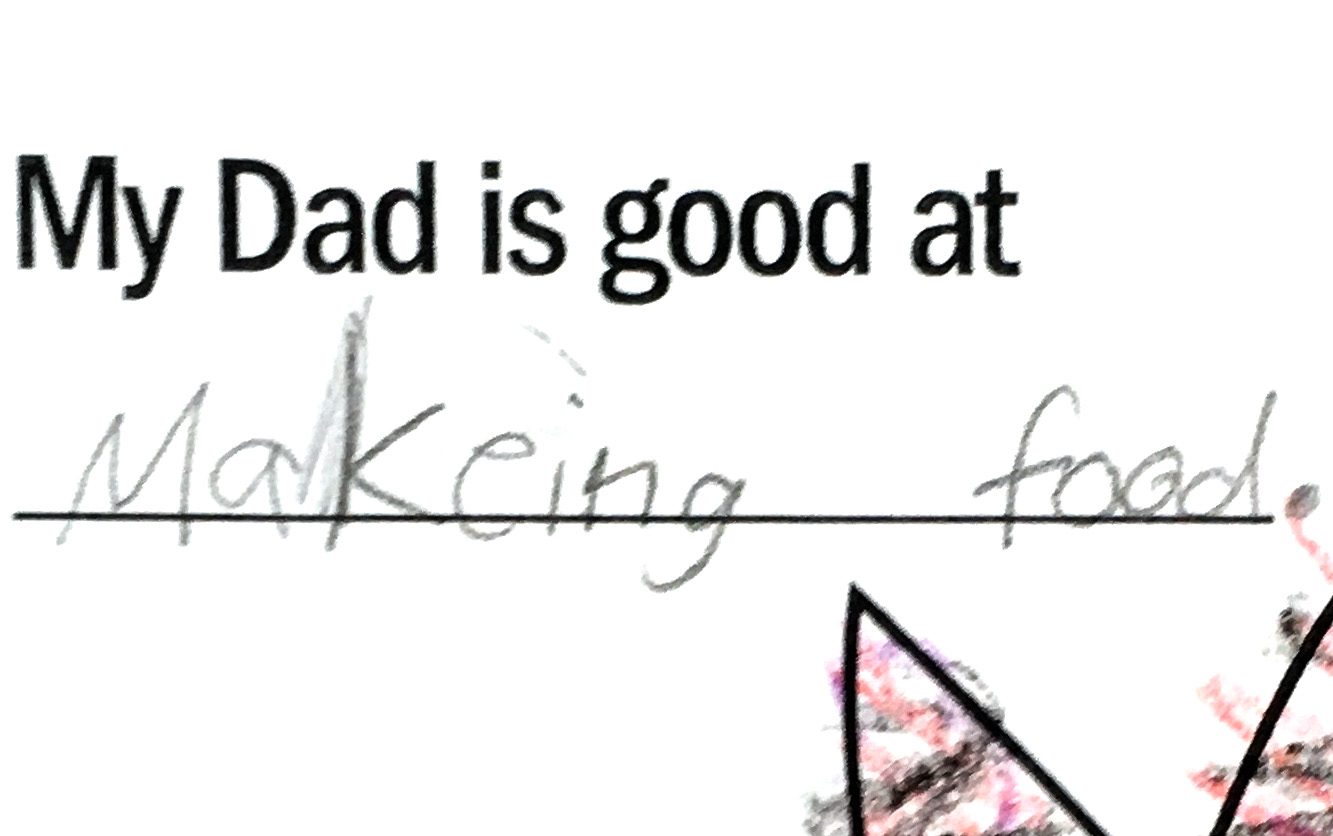
Stepping back in the kitchen
I write for a number of different publications, so writing about food seemed like a logical next step. Now that I am no longer cooking for diners, I want to pass along my experiences and recipes.
To the Tooth focuses on the cuisine of Abruzzo, Italy. Many of these dishes hold a special place in my heart, and sharing them helps keep the memories alive.
I hope you find as much joy in these recipes as I have.
❤️ Marcello

